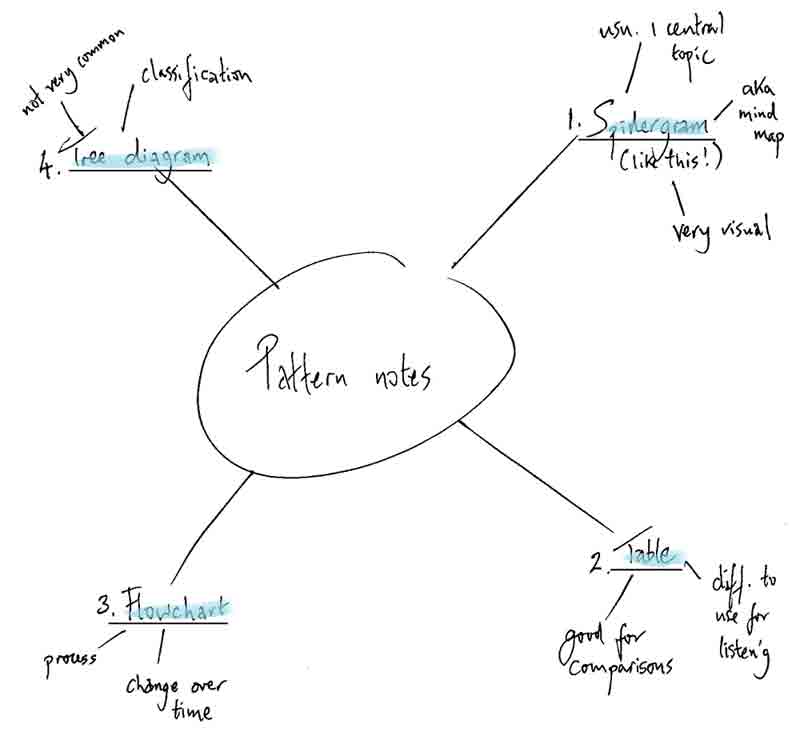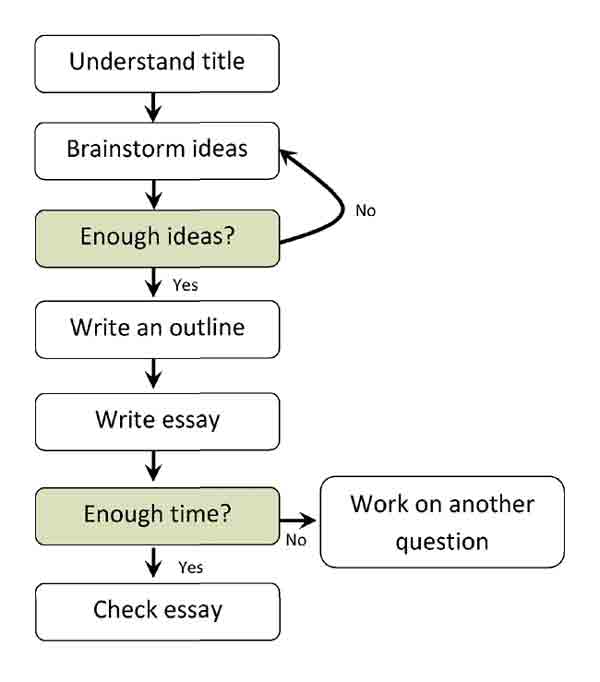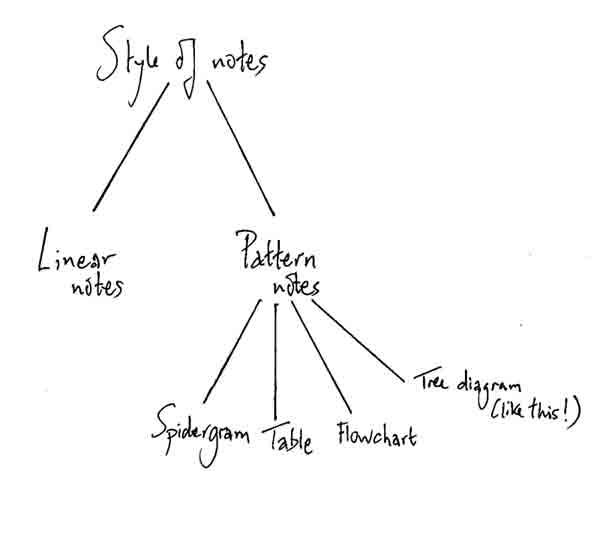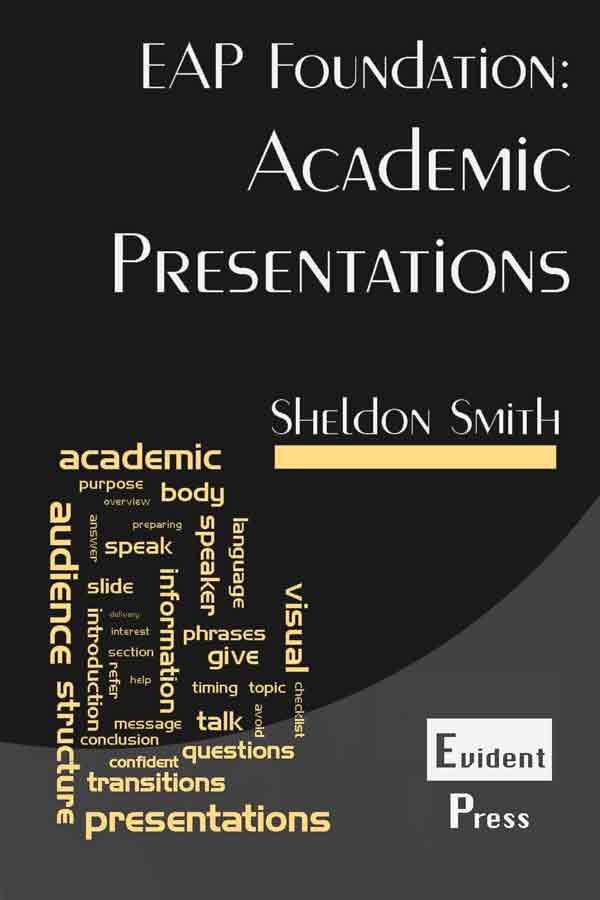How to Use Z3x to Read Pattern Note 5
The main reason for taking notes in a lecture is to be able to use them later, for example in exams or in your academic writing. Information technology is therefore important not only for you lot to understand how to note the main points accurately, merely too how to note them with a articulate organisation, which the human relationship between the ideas clearly shown. This folio describes 2 different ways to organise your notes, namely linear notes and pattern notes. Information technology besides gives information on a very common method of note-taking, the Cornell Method.
Linear notes
Linear notes are the simplest and therefore the most common style of notes, both for reading and listening. The word linear is the describing word of the word line, which indicates that these notes are written down the folio, i line subsequently the other. This type of notes is sometimes chosen outline notes as they are similar in format to the outline of an essay. Two common features of this style of notes are the use of:
- numbering or lettering;
- indentation.
The use of numbering/lettering and indentation is of import to help distinguish the main points from the small ones. The utilise of indentation also helps to brand the information more visual, which is useful for visual learners (although of course linear notes are non as visual as blueprint notes, described in more detail beneath). An example of linear notes, for information on this page, is given below.
- go down the page
- use letters/numbers
- use indenting
- more than visual
- several types
a) Spidergram
b) Flowchart
c) Table
d) Tree diagram
From the above, it tin can hands be seen that there are two main topics (linear notes and design notes). These are indicated both by the use of numbering (one, two) and indenting (all the other information is moved across the page, to the right of these ideas). Both of the principal ideas have several supporting points. Equally these are not in any kind of sequence or order, there is no demand to employ lettering or numbering, and in this case a nuance is used to betoken each signal. For the second main bespeak (pattern notes), four types are given, indicated by a combination of lettering (a, b, c, d) and indenting.
When using lettering, information technology is possible to apply capital or small letters, or large or small roman numerals, as shown in the tabular array below.
| Numbers | 1, ii, 3, 4, 5, ... |
| Big roman numerals | I, 2, III, Four, 5, Half dozen, 7, VIII, Ix, X, ... |
| Small roman numerals | i, two, three, iv, v, vi, vii, viii, 9, x, ... |
| Majuscule letters | A, B, C, D, E, ... |
| Small letters | a, b, c, d, e, ... |
These tin can exist used in whatsoever combination which yous prefer, though for clarity it is important to make certain each level uses a different organization. The notes above, using a different combination of numbers/messages, could look similar this:
- go down the folio
- apply letters/numbers
- apply indenting
- more visual
- several types
i. Spidergram
2. Flowchart
iii. Table
iv. Tree diagram
The main advantage of linear notes is that they are usually very articulate, especially when there is a clear structure to the lecture (or reading text, for reading and note-taking). The main disadvantage is that they are not as interesting or visual equally pattern notes, which means the information may be less memorable.
Pattern notes
Pattern notes are notes which are not linear and therefore take some distinctive pattern. At that place are four principal types considered here, which are spidergram, tabular array, flowchart and tree diagram.
Spidergram
A spidergram, also known as a mind map, is a diagram in which ideas are linked to each other by lines, usually starting from the middle and working outwards, making the diagram await a footling similar the spider web of a spider (spidergram is a combination of the words spiderweb and diagram). Although it can be used at any time, it is best when there is one central topic with several sub-topics related to it. An example of a spidergram, for information on this page, is given below. In this spidergram, the cardinal topic is design notes, and there are four sub-topics, namely the 4 types of blueprint notes described on this page.

The advantages of this style of notes are that it is quick and easy to brand, and it is very visual, which makes it ideal for visual learners. It is also easy to add information later. It tends to be briefer than linear notes, which could be both an reward and a disadvantage.
Table
Some other type of design notes is a tabular array. This is nearly commonly used when two different things are compared, and is therefore usually only used for part of a lecture (or reading text). It can exist difficult to use this fashion of notes when listening, every bit when yous are listening you need to make a very quick conclusion of which style to utilize, though it is easier to employ when reading and note-taking since you take more than time to think before making notes. If two things are beingness compared, this is definitely an effective grade of notes to employ, equally it makes the similarities and differences very articulate. Below is an example of a table, for information on this page.
| Linear notes | Pattern notes |
| Connexion between ideas very articulate Non very visual May be a petty slow Can be hard to add together info later | Connection betwixt ideas quite clear Very visual Commonly quite interesting Usu easy to add together info later |
Flowchart
A flowchart is useful if y'all desire to testify a process or a change over time. A flowchart commonly has steps shown in boxes connected by arrows which show the order. Beneath is an example of a flowchart, for the process of writing an exam essay.

Tree diagram
A tree diagram is another form of pattern notes. It is called a tree diagram because, if turned upside-downwardly, it resembles a tree. This type of notes has a specific use, which is to show classification. Below is an case of a tree diagram for information on this page. Here it tin can be seen that notes tin be divided into two types, linear and pattern. Design notes can be sub-divided into 4 main kinds, namely spidergram, table, flowchart and tree diagram.

The Cornell Method
The Cornell Method is a item method of note-taking, rather than a dissever fashion. It was developed in the 1950s past a professor at Cornell University, and is especially common at universities in the USA. For this method, the page is divided into three areas: notes keep the right side of the page; questions are added on the left; while a summary is added at the end. The space on the right for notes is the largest area. This is a method of note-taking rather than a style since the two styles described above, linear and pattern, can both exist used within the Cornell Method when noting the chief points. The main advantages of this method are that it is specifically designed for making notes in a lecture, and the questions ensure a more agile engagement with the lecture. The principal disadvantage is that it can take some fourth dimension to learn how to take notes using this method.
The page format for Cornell notes is shown below.
Summary
In brusk, there are two main styles of notes, linear notes and pattern notes, with pattern notes sub-divided into four main kinds, which are spidergram, table, flowchart and tree diagram. Whichever manner yous use, yous should still try to brand the main points every bit clear as possible, and ensure the connections between ideas are also articulate, so that you will exist able to use your notes later. Both styles can use headings, underlining, highlighting and space to help make these relationships clear. Although some styles of notes are ameliorate suited to particular functions, for example a tabular array when comparison or contrasting, or a flowchart for showing a procedure, which style you choose will depend on your ability to recognise the best blazon to utilize, and too your own personal preference.

GET FREE EBOOK
Like the website? Attempt the book. Enter your email to receive a free sample from EAP Foundation: Academic Presentations.

Below is a checklist for unlike styles of annotation-taking. Employ it to check your understanding of the information on this folio.
Wallace, M.J. (1980) Study Skills in English language. Cambridge: Cambridge University Press pp.52-56.
hillyerinctiary1996.blogspot.com
Source: https://www.eapfoundation.com/listening/notetaking/styles/
Belum ada Komentar untuk "How to Use Z3x to Read Pattern Note 5"
Posting Komentar